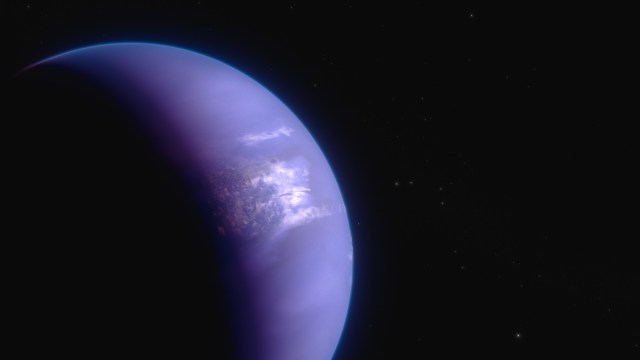James Webb Space Telescope
The James Webb Space Telescope (JWST) is a collaborative project between NASA, the European Space Agency (ESA), and the Canadian Space Agency (CSA). Its primary mission is to study the universe in unprecedented detail by observing distant celestial objects in the infrared spectrum. The telescope's large, segmented primary mirror gives it unparalleled light-gathering ability, allowing it to capture images of galaxies, nebulae, and other astronomical phenomena with incredible clarity and detail. The JWST is designed to detect light wavelengths from visible red to mid-infrared, enabling it to study the early universe and the formation of stars and planets. The telescope's location at Lagrange Point 2 (L2), nearly one million miles from Earth, provides it with a relatively unobstructed view of the cosmos.
98%
The Daily's Verdict
This news site is known for its high journalistic standards. It strives to maintain neutrality and transparency in its reporting, and avoids conflicts of interest. It has a reputation for accuracy and rarely gets contradicted on major discrepancies in its reporting.
Bias
100%
Examples:
- The articles provided are all informative and provide accurate information without any signs of editorializing or opinion.
Conflicts of Interest
95%
Examples:
- One article mentions a potential conflict of interest by stating that the telescope's primary mirror is coated in gold, which could be seen as a potential financial interest for those involved in the production of gold.
Contradictions
100%
Examples:
- There are no instances of major contradictions found in the articles.
Deceptions
100%
Examples:
- There are no instances of deceptive practices found in the articles.
Recent Articles

NASA's James Webb Space Telescope Reveals Distinct Morning and Evening Atmospheres on Exoplanet WASP-39b: A Tidally Locked World with Extreme Temperature Differences
Broke On: Tuesday, 16 July 2024
New Images Reveal the Merging Process of the Penguin and Egg Galaxies by James Webb Space Telescope
Broke On: Friday, 12 July 2024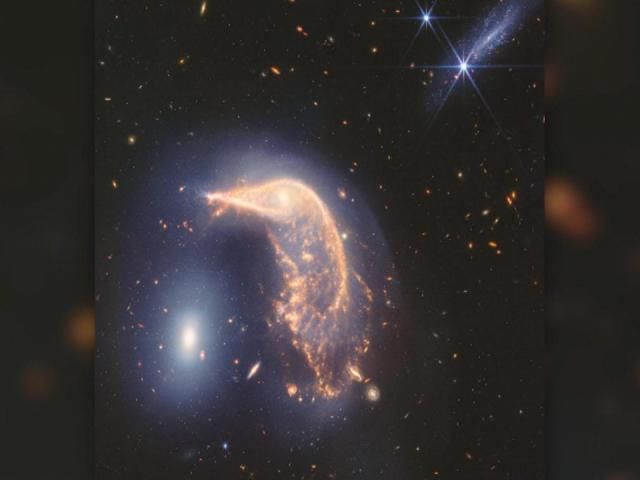
New Image from James Webb Space Telescope Reveals Intertwined Galaxies Penguin and Egg in Stunning Detail
Broke On: Friday, 12 July 2024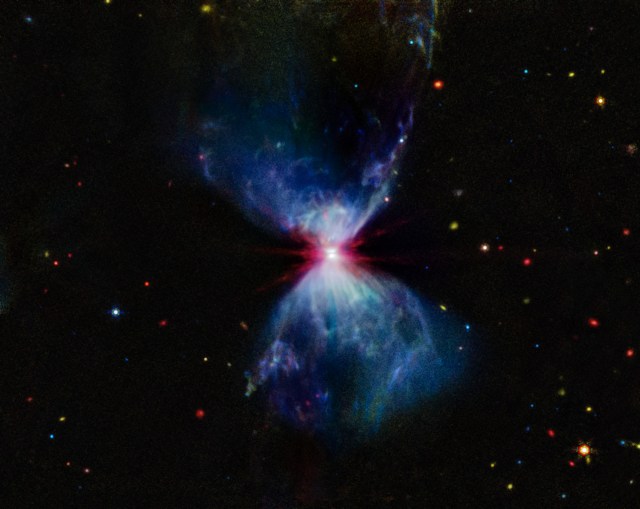
NASA's James Webb Space Telescope Reveals Spectacular Celestial Fireworks in Star-Forming Regions
Broke On: Tuesday, 02 July 2024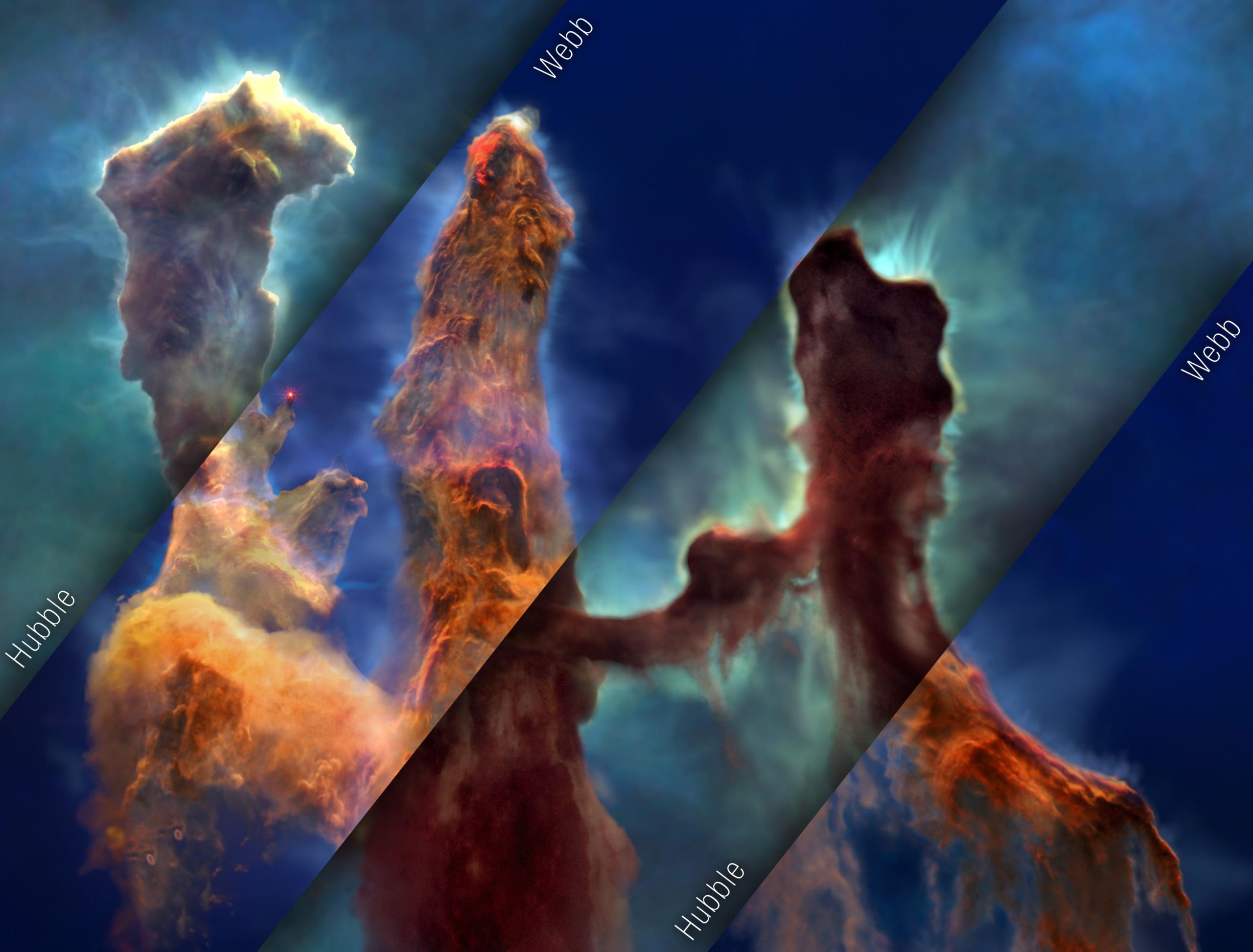
NASA's Hubble and James Webb Space Telescopes Reveal Unprecedented 3D View of the Pillars of Creation, Showcasing Star Formation in Detail
Broke On: Thursday, 27 June 2024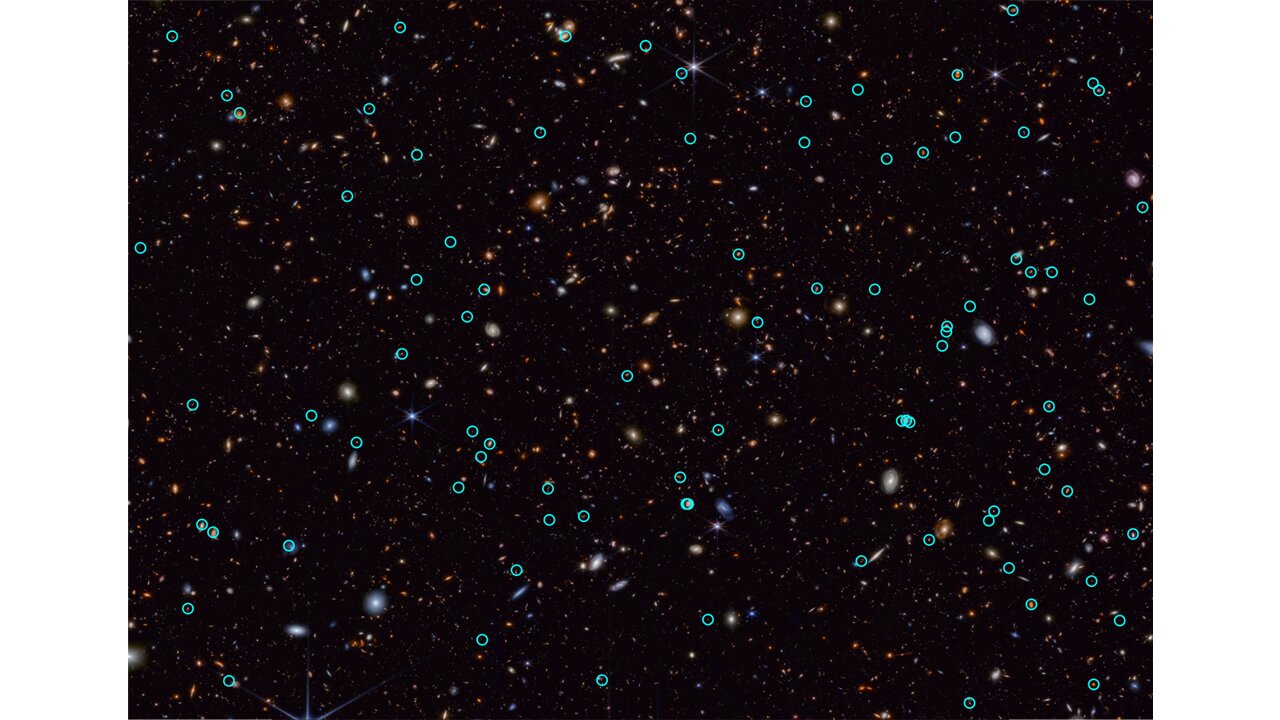
Revolutionizing Supernova Science: NASA's James Webb Space Telescope Discovers Over 80 Transient Objects, Including the Farthest Spectroscopically Confirmed Supernova at a Redshift of 3.6
Broke On: Tuesday, 11 June 2024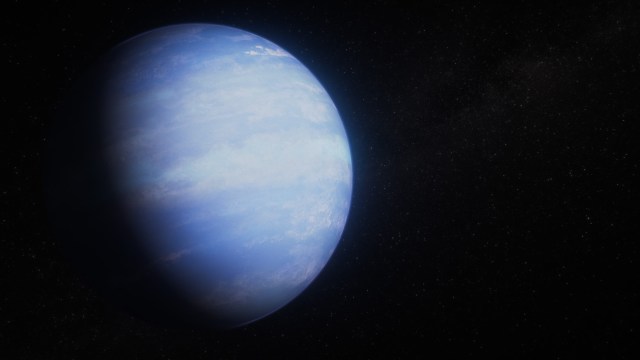
Mystery of Puffy Exoplanet WASP-107b Solved: New Discoveries from JWST and Hubble Reveal Hotter Interior and More Massive Core
Broke On: Tuesday, 21 May 2024